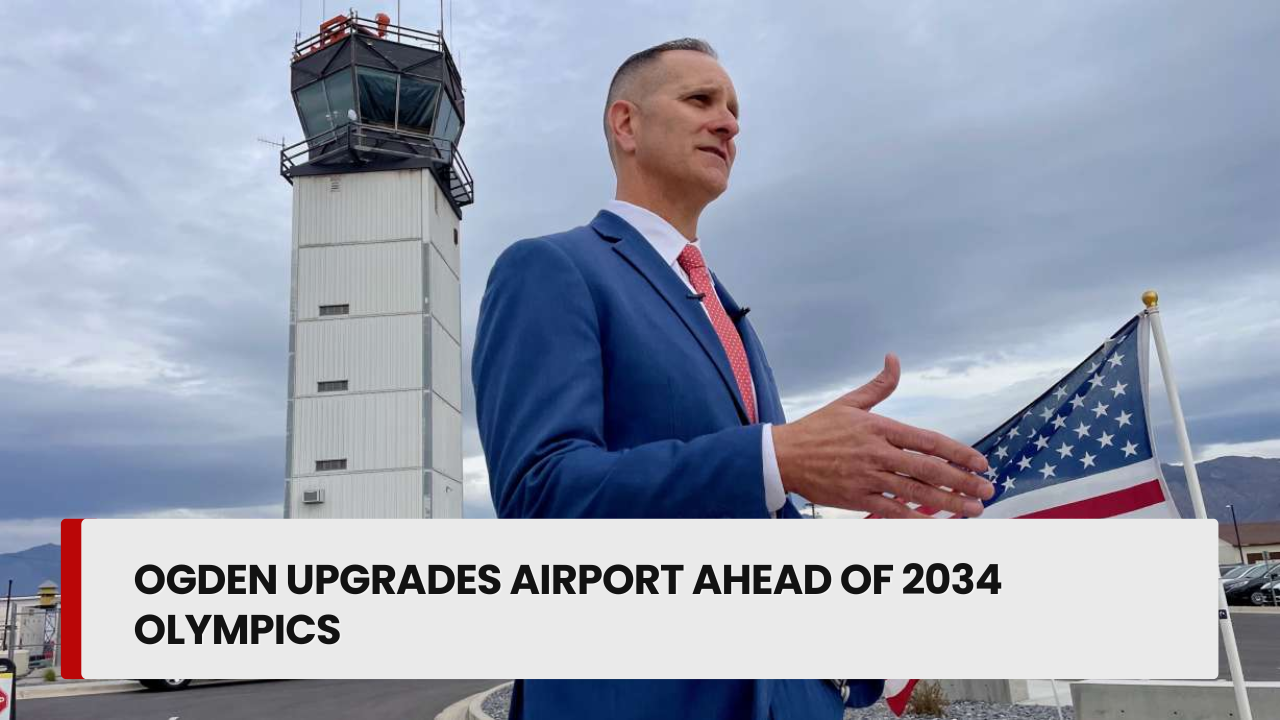As of November 2025, a significant update in U.S. transportation policy is reshaping how older adults maintain their driving privileges. The federal regulation, which took effect in July 2025, introduces new requirements aimed at enhancing road safety while respecting seniors’ independence. This nationwide initiative affects drivers aged 70 and above, establishing tiered renewal cycles, mandatory vision checks, and additional evaluations for those deemed at higher risk.
Why the Change? Addressing Aging-Related Driving Risks
The initiative responds to demographic shifts and research indicating that aging can impact driving abilities due to factors such as slower reaction times, diminished vision, and cognitive decline. According to the U.S. Department of Transportation (DOT), more than 48 million Americans over 65 hold valid driver’s licenses, a number expected to grow sharply in the next decade.
The goal is not to restrict mobility but to ensure safety for all users on increasingly busy roads. Transportation Secretary Pete Buttigieg emphasized, “We’re not here to take the keys away at 70. We’re here to make sure our roads stay safe, while giving seniors every chance to stay on them.”
What the New Rules Entail
The new federal regulations set a tiered system for license renewal based on age, with flexibility for states to implement stricter standards:
- Ages 70–79: Standard renewal process requiring a vision and reaction time test.
- Ages 80–86: Renewal every 2–4 years with in-person visits and additional assessments.
- Ages 87 and above: Annual road tests and medical clearance based on health status.
Key Requirements and Checks
- Mandatory in-person renewal for all drivers ≥70 years—online renewals are no longer permitted.
- Vision tests must be conducted at every renewal.
- Medical reporting is optional but can be initiated by doctors, family members, or law enforcement if safety concerns arise.
- Road tests may be required for older drivers flagged for potential impairments.
Regional Variations and State-Specific Policies
States retain flexibility to modify the federal baseline:
- California now mandates a driving test for drivers aged 75+.
- Florida introduced cognitive screening questions for drivers over 80.
- Texas reduced renewal periods from six to two years for seniors.
- New York requires medical clearance for those aged 80+.
For example, California DMV emphasizes periodic vision and driving assessments, encouraging drivers to self-evaluate their capabilities regularly.
How to Prepare and When to Stop Driving
Failing a test does not automatically revoke a license. Many seniors qualify for restricted licenses, which limit driving to daylight hours, local roads, or specific areas. These measures help balance safety with mobility.
Signs It’s Time to Stop
- Increasing incidents of getting lost or disoriented.
- Dents, scrapes, or accidents in the driver’s personal vehicle.
- Family or medical staff raising concerns about unsafe driving.
- Cognitive or physical health decline affecting reaction or decision-making.
Resources such as BraunAbility offer checklists and guidance for assessing driving fitness.
Alternatives to Personal Driving
For those who reduce or cease driving, local solutions are expanding, including:
- Community shuttle programs.
- Volunteer driver services.
- Discounted ride-share options like Uber and Lyft.
- Accessible vehicles equipped with adaptive controls.
These options aim to ensure mobility and independence without compromising safety.
Addressing Concerns and Criticism
While the policy aims to prevent accidents, some organizations worry about over-reporting concerns or disproportionate impacts on rural seniors with limited transportation alternatives. The DOT assures that evaluations will be confidential and based on verified assessments, emphasizing prevention over punishment.
In conclusion, the new U.S. driver’s license regulations for seniors are designed to balance independence with road safety. Regular assessments, appropriate restrictions, and accessible alternatives aim to keep seniors active while protecting all road users.



